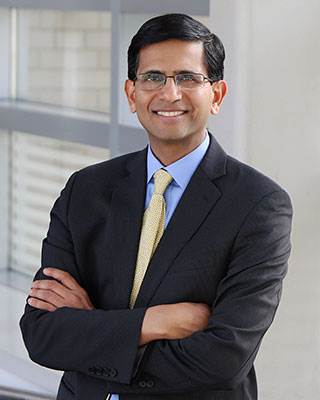NIEHS-funded scientists work in a variety of disciplines, performing groundbreaking research into how the environment influences the development and progression of disease. Through these Stories of Success we invite you to explore the people behind the research in stories that you won't find in a scientific journal. Read about NIEHS grantees who are developing new technologies to better measure environmental exposures and their effects on our body; partnering with communities to help them understand the effects of pollution; and cultivating tomorrow's environmental health scientists.
Latest Stories

Fighting Toxins With Clay: Protecting Disaster-impacted Communities
May 2, 2025
Meichen Wang, Ph.D.
Meichen Wang, Ph.D. develops edible clay-based materials to protect vulnerable populations from dietary exposure to PFAS and other harmful substances.

Examining How Environmental Pollutants Affect the Gut Microbiome
April 18, 2025
Tanya Alderete, Ph.D.
Tanya Alderete, Ph.D., aspires to understand how exposure to air pollution and PFAS may alter the gut microbiome in early life, potentially influencing a person’s likelihood of developing obesity, diabetes, and other chronic diseases later on.

RIVER Researcher Links Environmental Exposures and Neurological Dysfunction
February 24, 2025
Deborah Cory-Slechta, Ph.D.
NIEHS RIVER Award winner, Deborah Cory-Slechta, Ph.D., studies how air pollutant exposure early in life can contribute to neurodevelopmental disorders and neurodegenerative diseases.

Reproductive Replicas Advance Women’s Health Research
December 18, 2024
Shuo Xiao, Ph.D.
Shuo Xiao, Ph.D., develops miniature models that recreates the complex dynamic of the female reproductive tract. These replicas allow scientists to more accurately study how environmental exposures affect infertility and other reproductive health outcomes.

Examining Connections Between Air Pollution, Circadian Rhythms, and Disease
December 17, 2024
Sanjay Rajagopalan, M.D.
RIVER grantee Sanjay Rajagopalan, M.D., aspires to help prevent health problems stemming from environmental pollution through scientific, clinical, business, and public policy advances.

Unraveling the Genetic and Environmental Factors Behind Neurodevelopmental Disorders
October 24, 2024
Mark Zylka, Ph.D.
Mark Zylka, Ph.D., is uncovering how genetic and environmental factors intertwine to influence neurodevelopmental disorders such as autism spectrum disorder (ASD).


